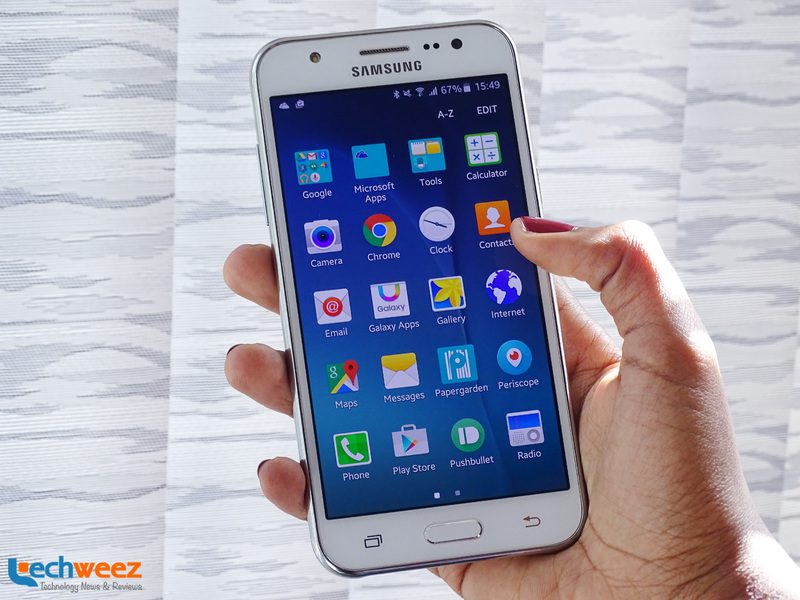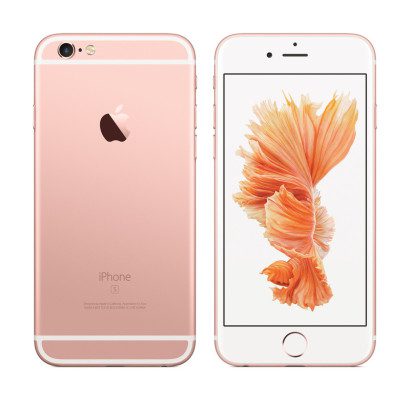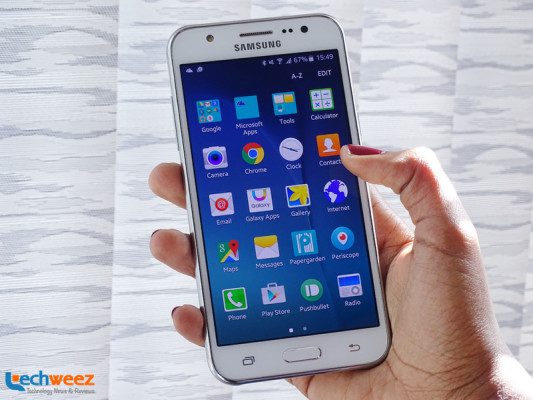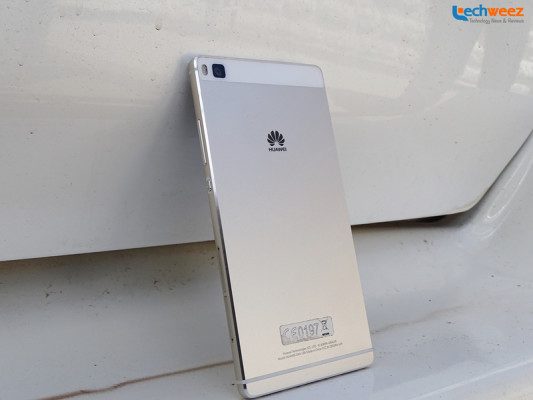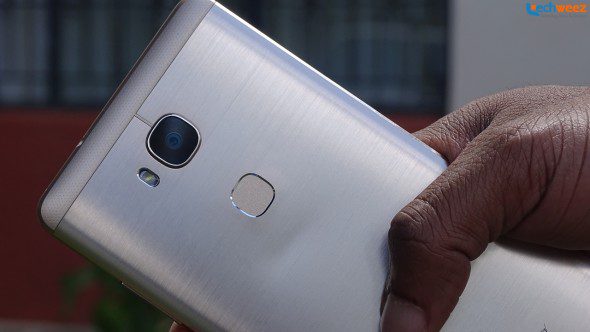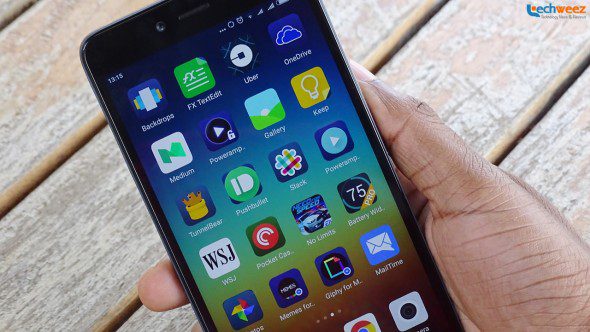I have spent the better part of the last five years actively using mobile devices of all shapes, sizes and prices and reviewing or writing extensively about them. Until now, having a good experience using a smartphone almost always meant one thing: spending more. The size of your wallet did the talking. Many have tried to reverse this but market forces and the need to turn high-profit margins in a space experiencing cut throat competition and where only a few really make the most buck have worked against them.
…there are still a number of people willing to pay a tidy sum for a “smart” watch that does nothing other than show calendar appointments on your wrist and flash a grinning Mickey Mouse face every time you stare at it.
The best thing about 2016 is that it is the year when everything works against companies trying to sell us very expensive devices. Want to see your money graphs going up? Make something that we won’t break our banks and backs trying to get or go elsewhere… there are still a number of people willing to pay a tidy sum for a “smart” watch that does nothing other than show calendar appointments on your wrist and flash a grinning Mickey Mouse face every time you stare at it.
BlackBerry CEO John Chen acknowledges that the company made a blunder by introducing a steeply priced device, the Priv. The device, which the company hoped would gain some of its lost ground by appealing to users with its Android software with sprinkles of BlackBerry’s famous software, didn’t catch on as previously thought. A BlackBerry smartphone was always going to be a tough sell since the company missed the smartphone revolution boat long time ago and that boat had already set sail. Still, asking potential customers and long-time fans of the company and brand $700 for something that no one was sure was going to stick was asking for too much. Long story short, the company is set to release two mid-range smartphones. Just where they could have started.
As per the latest statistics from AdDuplex, 2-year-old and 3-year-old entry-level smartphones are the most popular on Microsoft’s Windows mobile platform. In all, only budget smartphones make the list of widely-used devices on Microsoft’s mobile platform. The only pricey device on the list is from four years ago. Just when I was a college sophomore whose only worry was finding the best spot to access free Wi-Fi on campus and where to buy eggs at midnight after watching the UEFA Champions League on a Tuesday night.
Microsoft’s Windows mobile platform and BlackBerry may not be the best picks when it comes to showcasing the fall of the expensive smartphone so let’s get to the heart of it: the iPhones and the Androids.
Sales of the iPhone slumped for the first time ever in the first 3 months of 2016. A lot has been said about that and what it means for the future of the iPhone. I am not going to wax lyrical about that but just to say: the times, they are a changing.
Samsung, the biggest maker of Android devices on the planet, had to beat a hasty retreat and release two high-end smartphones a month earlier in the second half of 2015. What had the company done wrong? Nothing, really. The company had made their best pair of smartphones ever in the Galaxy S6 and Galaxy S6 Edge. In fact, they had even pioneered something: a dual curved screen display. Buyers were excited about that and showed it with where they put their money but that was still not enough for the Korean consumer electronics giant to break even. It had to move fast and guess what? They dropped the price of the Galaxy S6 and Galaxy S6 Edge, introduced two new premium devices, the Galaxy S6 Edge+ and the Galaxy Note 5 and made the hard decision to make very attractive budget devices.
The end result was the Galaxy J5 and J7 duo we saw mid last year. As you can tell from our reviews of those devices, we loved every inch of them and thought that our readers would too. Guess what? Techweez readers loved those devices. The traffic to articles on the two speaks for itself. Samsung acknowledged as much when releasing subsequent quarter performance figures. In 2016, the company has taken to improving its budget device lineup. All the compromises of the past years are being let go and focus is on pleasing the customer who doesn’t have much but also knows that he or she deserves the best.
Oceans away in China, another company that has dominated the mobile landscape for years as a mobile network equipment solutions provider and a white device maker, Huawei, took cues and responded. It set up a subsidiary, Honor, to lure the budget consumer. It began by focusing on its large and valuable home market. It managed to trounce upstart Xiaomi which had ventured where everyone else was ignoring, the budget buyer segment. After China, the company focused its energies on the expansive European and Middle Eastern markets. In Spain, Huawei is now a widely known brand and sales of its devices in that country have shot through the roof. The same is the case in neighbouring Italy and Germany according to research firm Kantar.
Here’s the interesting bit: while Huawei’s premium devices like the P8, Mate 7, Mate S and Mate 8 have done well in the market, it is the budget options from its Honor brand and others that are driving sales like crazy and are a customer favourite. Need I say that Huawei’s decision to price its flagship devices $100 or less than the competition has also paid off?
HTC has one of the best smartphones this year with the release of the HTC 10. Save for a few drawbacks like having come after Samsung and LG devices which have excellent cameras, the 10 is being hailed by critics and reviewers as HTC’s best work in years. Actually, the best device since HTC debuted the first One, the M7, 4 years ago. Interestingly, all these reviewers and critics agree on one thing: it is too expensive. In markets where it is available on sale, the 10 costs a little more than LG’s G5 and Samsung’s acclaimed Galaxy S7 Edge.
But why would we be haggling about price when it’s the latest state of the art technology pieces we are talking about? Because it is 2016 and in 2016, you can get flagship-class experiences at half those crazy prices.
I have had in my possession the Huawei GR5 for nearly a month now. I’ve also had with me the fantastic Xiaomi Redmi Note 2 for a much longer period. Unlike previous mid-range devices I have taken for a spin only to be highly disappointed, these two tell the story of the 2016 mid-range smartphone better than any other devices I have had with me this year.
I was able to capture some really good shots of Hong Kong’s famous lights at night on the Huawei GR5, a Kshs 28,000 phone. It also has the same premium construction of the high-end Huawei Mate 8 that I used for over a month. You know where the difference is? The former is twice the price of the latter! And the GR5 has a fingerprint sensor and a large display as well.
The Xiaomi, on the other hand, has some of the best performance you can get on a lower mid-range smartphone. It’s at par with the Samsung Galaxy J5 from last year in my opinion. Both devices go for just Kshs 21,000 or less in shops in the country today.
Today, mid-range devices have just enough memory to cater for most user needs, provide buttery smooth performance enough to handle anything you throw at them and they are just as good-looking as their $700-900 counterparts. Grey areas for mid-range smartphones still remain updates and cameras. While I was able to get some nice photos on the Huawei GR5, that same level of consistency is not to be expected on other mid-range devices. Most will disappoint when compared to devices that cost twice as much but they will do just fine to address the needs of their target customers.
About updates, uuum, the GR5 is stuck on Android Lollipop just like the P8 so no biggie. It is even hard to differentiate most user interface elements of the GR5 and their functionality from what I had on the Mate 8. Save for the occasional performance issues thanks to the power differences, there’s not much to set them apart in that regard.
If it was hard to convince people to part with Kshs 50,000 to 90,000 three years ago for a top-of-the-line smartphone, it is not going to be any easy in 2016 and beyond. Reasons may have been different back then but today the reason is simple: you are not missing much on your new mid-range device. Best mobile browsing experience? You got it. Good performance? You got it. Calls? Check. LTE? No biggie. What else do you want?
At a personal level, all I ask for from a smartphone is, first and foremost, a good display. Unless you are buying a BlackBerry Q5 with a QWERTY keypad, the smartphone’s display is your everything. It’s where you input text, it’s where you watch video, it’s where you do every single thing that the device is meant to do. So at the very least it should be sizeable, not too big and not too small either (4.7 to 5.5 inch is very acceptable). It should also have at least half-decent viewing angles and a resolution where I can’t count the individual pixels. The rest is negotiable. So far, nothing I’ve interacted with on the mid-range devices I have used in the last few months is off this mark. They all get there and I expect them to hit above the mark going forward.
The other thing I consider after the display is the battery life. You see, I am not rich enough to afford return tickets every time I feel like going to see my family almost 500 kilometres from where I work and stay. So I am stuck on a half-reclining seat at least twice every month for 16 hours (to and fro combined). In those 16 hours, only about 4 hours are spent sleeping. The rest are spent catching up on a book I promised myself to finish reading before the month ends only for a third month to roll by before I get to the halfway mark. There’s also my downloaded playlists thanks to Apple Music. So basically any device I have should be able to last long enough for me to read my eBook, listen to my music and still have some juice left to hail a ride when I get to the terminus at the other end of my journey. That’s not a tough ask, is it? Most of the mid-range devices I have been testing lately do just that so well.
Looks. The last big thing I look for in a device is the looks. At the very least, plastic or metal, a device ought to be a looker. You don’t want to be the guy who removes an object from their pocket that resembles a weapon when everyone else is laying their shiny stuff on the bar table just as the teams enter the field of play on a sunny Saturday afternoon. As I write this and look at the Huawei GR5 next to me, I nod my head in agreement. Because the GR5 is just that: a looker!
Don’t get me wrong, I, like every other gadget freak out there, want the best I can get in a device. For quite some time to come, that will still mean spending a lot of money on premium devices. But that time is running out fast if what I have been able to experience personally is anything to go by. You can still go out and spend a lot of money on something fancy made in Korea or designed in California but not because you are lacking in options to keep costs low. A bargain OnePlus X, a sleek Huawei P8 Lite or the new Xiaomi Redmi Note 3 that I badly want do exist. I have not even touched on the many options to choose from regional smartphone brands.
